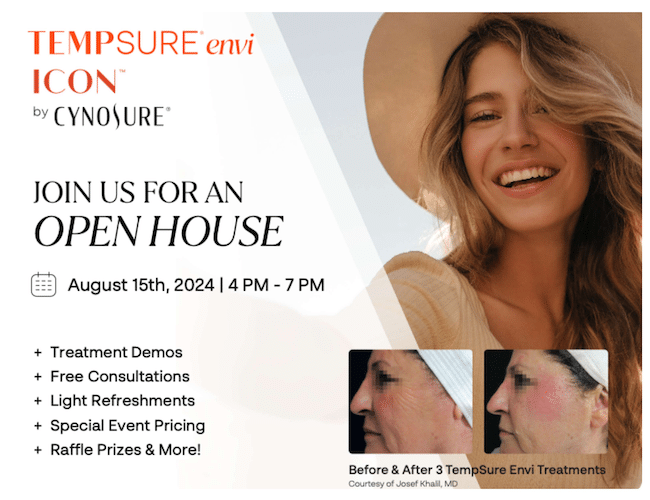Dry Eye Syndrome, Treatment and Symptoms
Dry Eye Syndrome is a condition that affects a large number of us. Initially, dry eye may be a relatively minor problem, but it can cause serious difficulty for some people. Dry eye may begin at any age and tends to get worse as we age.
Dry eyes are more common in women and after age 40. Dry eye is a chronic condition. It can be treated or managed but typically not completely cured. Dry eyes can often require lifelong treatment.
An eye exam that includes a complete history of your overall health and your eye health can help your doctor diagnose the cause of your dry eyes. With dry eyes there will be less water in your eyes. Depending on the situation we will test the volume of your tears and the quality of your tears.
Causes of Dry Eye
Every time you blink, a small coating of tears rinses over the outer surface of your eyes. This tear layer is vital for delivering moisture and a shield of protection to the fragile ocular surface. With dry eye syndrome, something causes this tear film to become low in quality or low in volume, or both.
Reasons include advancing age and hormonal changes (especially in women). Other sources and risk factors include:
- Keeping contact lenses in the eye for too long
- Staring at a computer screen for too many hours each day
- Exposure to environmental irritants or allergens, such as pollen, pet dander, tobacco smoke, motor vehicle exhaust, perfumes, and cosmetics
- Side effect of medications
- Very cold air or windy weather
- Eye surgery, injury, or infection
- An underlying medical condition interrupting or reducing tear production, including lupus, rheumatoid arthritis, Sjoren’s syndrome, and Meibomian gland dysfunction
Indications of Dry Eye Syndrome
- Excessive watery discharge / tearing
- The sensation of sand or grit in the eyes
- Red, itchy, burning, irritated eyes
- Bright light sensitivity
- Blurred or transient blurred vision
How Dr. James Treats and Manages Dry Eye
It’s not a good idea to choose your own over the counter artificial tears and expect your symptoms to go away. Dr. James and her staff will run tests and evaluate your medical history and eye anatomy to accurately diagnose the condition of your eyes. Based on her diagnosis, she can implement a strategic plan of care, with interventions such as:
- Medications (oral or eye drop) that reduce irritation and return moisture to the eyes
- Specific contacts for the patient’s individual dry eye needs
- Preoperative and Postoperative care for tear duct plugging and other interventions
- Possible LASIK referral for patients with chronic contact lens intolerence or discomfort
- Lifestyle and nutritional recommendations
- Specialty In-House Treatments
- IPL (Intense Pulse Light Therapy)
- RF (Radio Frequency) – TempSure Envi
- Energy Blend – Combines IPL and RF


